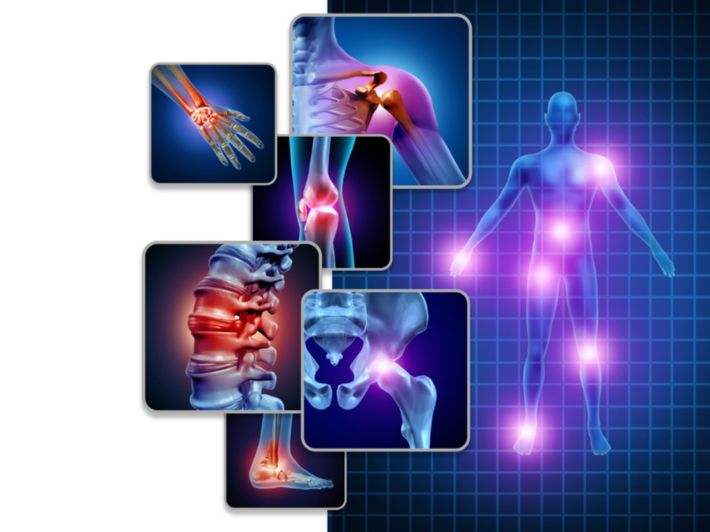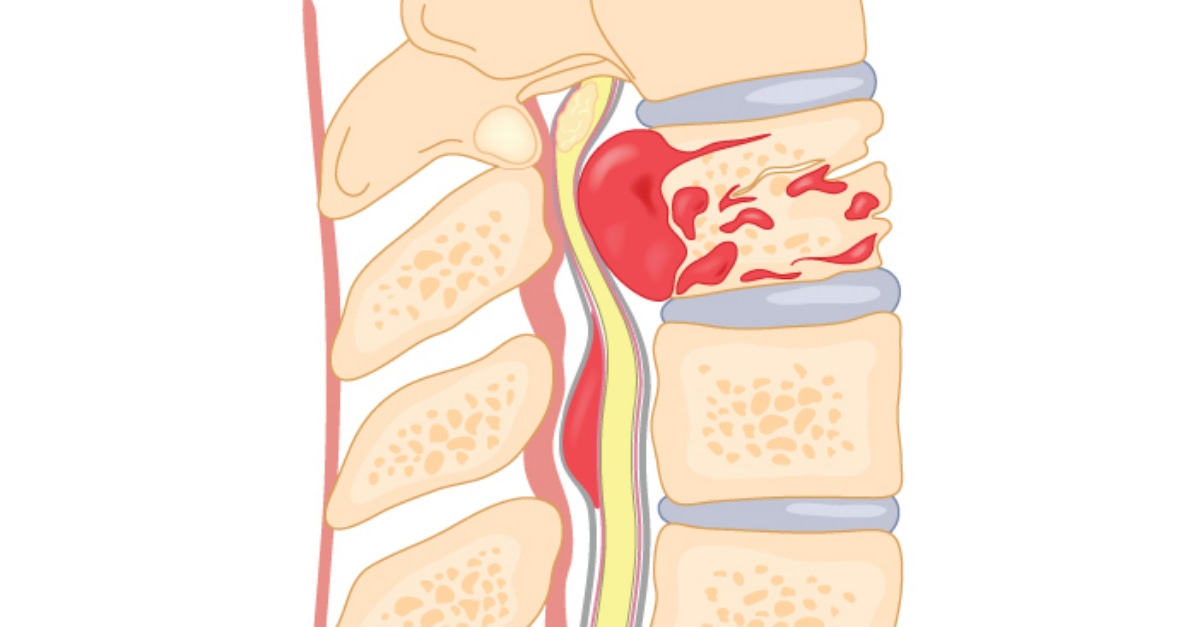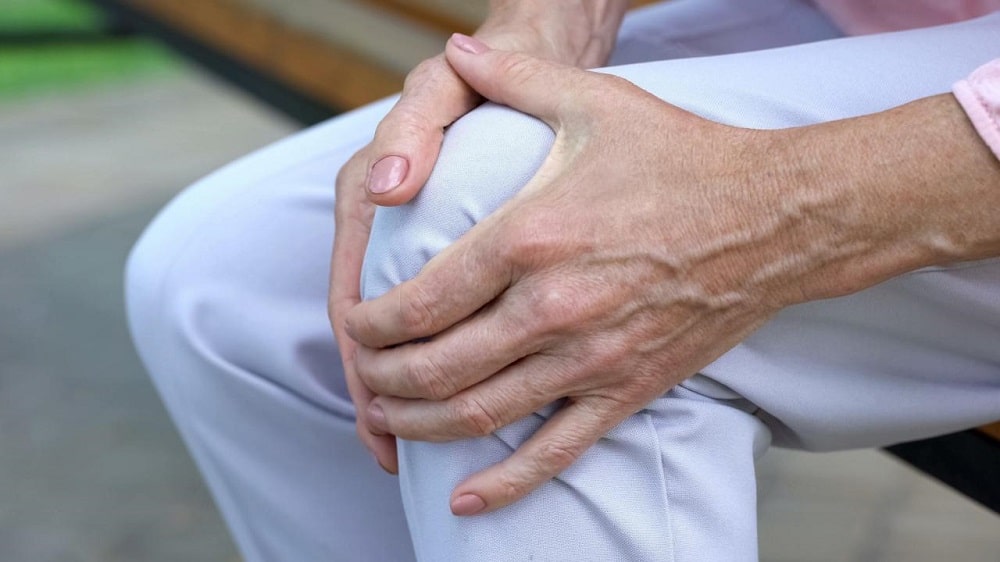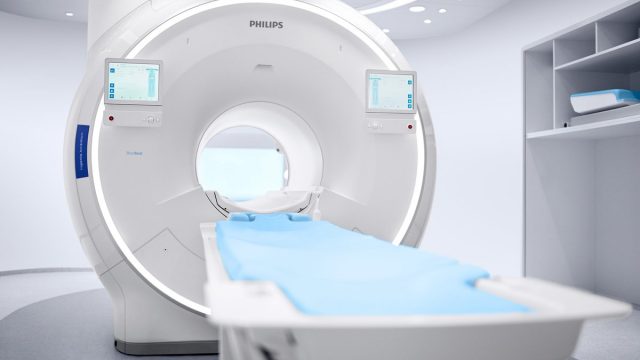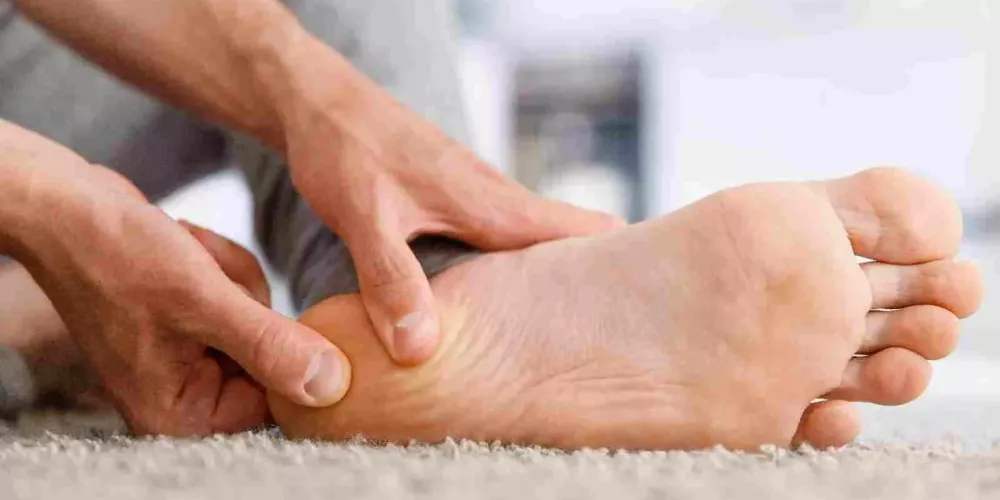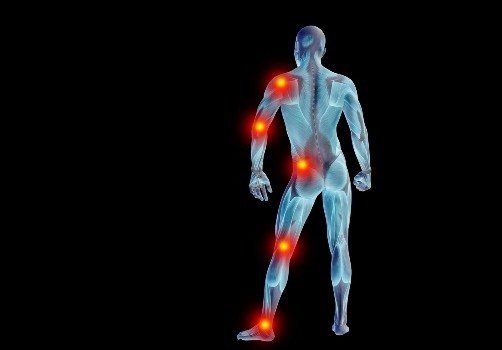Learn More About Flat Feet Treatment for Adults and Its Most Common Types
Treatment of Flat Feet in Adults, in this article, we will review the concept of flat feet condition in adults and its potential causes, as well as discuss the importance of appropriate treatment for this condition and the available options for adults suffering from it. We will also shed light on the methods and techniques used in the treatment of flat feet, including non-surgical and surgical treatments available.
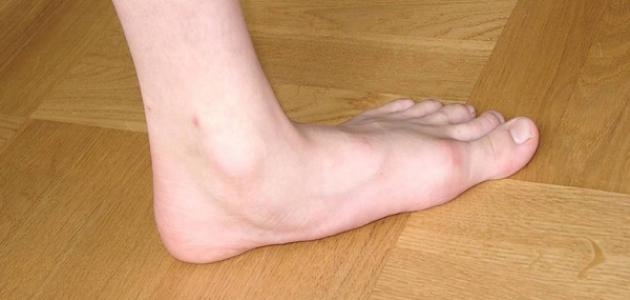
Treatment of Flat Feet in Adults
The treatment of flat feet (Flat Foot) or flat feet in adults requires a multidimensional approach that focuses on pain relief and improvement of foot function, based on the severity of the symptoms and the underlying causes of the condition. Here are the details on the strategies followed in the treatment of flat feet in adults:
- Physical Therapy and Exercises: Exercises play an important role in strengthening the muscles of the feet and legs, and improving flexibility and balance. A physical therapist can develop a customized exercise program that includes stretching and strengthening exercises for the foot and ankle muscles.
- Orthotic Devices and Supports: Orthotic devices such as custom-made medical insoles or supports can provide additional support to the arch and distribute the weight evenly on the foot. These devices can reduce pain and improve foot function.
- Weight Management: Maintaining a healthy weight can reduce the pressure on the feet and help alleviate the symptoms.
- Avoidance of Pain-Causing Activities: Modifying activities to avoid those that cause pain or increase pressure on the feet can contribute to symptom relief.
- Medications: In some cases, the doctor may recommend the use of pain relievers or anti-inflammatory medications to reduce pain and swelling.
- Injection Therapy: Corticosteroid injections may be used in some cases to reduce inflammation and pain in specific areas.
- Surgery: In rare cases, and when conservative treatments fail to alleviate the symptoms, surgical treatment options may be considered to reshape the foot and provide permanent support to the arch.
It is important to emphasize that the choice of treatment should be made in consultation with a specialist in foot and ankle medicine to ensure optimal treatment outcomes and avoid complications. The individualized approach to treatment is the key to effectively managing flat feet cases.
What is Flat Foot
Flat feet, also known as pes planus, is a condition characterized by a lowered or absent natural arch of the foot, resulting in full or near-full contact of the sole of the foot with the ground. While some people are born with flat feet, this condition can also develop over time due to various factors such as injuries, overuse, and muscle weakness.
Flat feet can be painful or painless, and affect one or both feet. In cases where it does not cause pain or discomfort, the condition may not require treatment. However, if it causes pain or leads to problems with walking or standing, there may be a need for therapeutic interventions to alleviate the symptoms and improve foot function.
The typical treatment for flat feet involves the use of supportive footwear or custom-made orthotic devices designed to provide additional arch support and improve pressure distribution on the foot. Specialized exercises targeting the strengthening of the foot and leg muscles can also help improve stability and flexibility.
The evaluation and diagnosis of flat feet usually requires a comprehensive physical examination, and may involve the use of imaging techniques such as X-rays to determine the severity of the condition and its impact on the foot and ankle. The goal of the treatment is to achieve maximum comfort and function for the patient, allowing them to engage in daily activities with minimal pain and disability.
Take your natural step with the leading treatment for flat feet from Dr. Amr Amal, where he combines modern techniques and extensive experience to provide the comfort and support your feet need.

Types of Flat Feet
Flat feet, also known as pes planus, is a condition in which the foot arch lacks the normal curvature, resulting in full or near-full contact of the sole of the foot with the ground. While some people are born with flat feet, the condition can also develop over time due to various factors. Flat feet are classified into several types based on their causes and associated symptoms:
- Flexible Flatfoot is the most common type and is often observed in children and adolescents. In this case, the arch is visible when the person is not standing, but disappears when standing. It is usually painless and may not require treatment, as the arch can develop naturally with growth.
- Rigid Flatfoot is a condition where the arch is absent regardless of the foot’s position, whether standing or sitting. Rigid flatfoot can be the result of joint inflammation or injury, and is often accompanied by pain and can affect foot function.
- Acquired Flatfoot develops later in life due to factors such as injury, arthritis, tendon weakness, or significant weight gain. It can lead to pain and discomfort and may require specific treatment interventions.
- Congenital Flatfoot is present since birth and can be the result of genetic factors or congenital deformities in the foot structure.
- Functional Flatfoot occurs when muscle weakness or tendon issues cause the arch to disappear when standing or walking, but the arch is present in other positions.
Each type of flat feet may require a different approach to treatment, ranging from conservative measures such as the use of orthotic devices and physical therapy, to surgical interventions in more severe cases.
Dr. Amr Amal offers innovative solutions for the treatment of flat feet, enabling you to walk with confidence and without pain, using advanced and customized therapeutic methods.
Causes of Flat Feet in Adults
The development of flat feet in adults can stem from a variety of causes, ranging from natural age-related changes to direct injuries. While some individuals are born with flat feet, adults can develop this condition as a result of different factors:
- Arthritis: Particularly rheumatoid arthritis, can lead to damage to the bones and joints in the foot, causing changes that result in flat feet.
- Injuries: Affecting the tendons and ligaments that support the foot arch, such as Achilles tendon tear or posterior tibial tendon dysfunction, can cause flat feet.
- Muscle Weakness: In the feet and legs can lead to the inability to properly support the arch, resulting in flat feet.
- Excessive Weight Gain: Puts additional pressure on the feet, which may lead to the collapse of the arch and the development of flat feet.
- Aging: Can cause the tendons and ligaments to lose their flexibility and strength, leading to changes in foot shape that result in flat feet.
- Chronic Diseases: Such as diabetes and thyroid disorders, can affect foot health and contribute to or cause the development of flat feet.
- Pregnancy: Hormonal changes allow the ligaments in the body, including those in the foot, to become more relaxed, which may lead to flat feet.
It is important to note that the presence of flat feet is not necessarily a cause for concern if it is not accompanied by pain or restricted movement. However, in the case of symptoms such as pain, foot fatigue, or difficulties with walking, it is important to consult a specialist to evaluate the condition.

Symptoms of Flat Feet
Flat feet, also known as pes planus, is a condition in which the foot arch is abnormally flattened or absent, resulting in full or near-full contact of the sole of the foot with the ground. Here are the common symptoms associated with flat feet:
- Foot Pain: One of the most common symptoms is a feeling of pain in the foot, especially in the arch area or along the inner edge of the foot. The pain may worsen after prolonged standing or physical activity.
- Foot Swelling: Some individuals may notice swelling around the ankle or on the inner part of the foot due to the increased pressure in those areas.
- Changes in Walking Pattern: Flat feet can lead to changes in the walking pattern, causing a “pronated” gait where the feet tend to turn inward during movement.
- Pain in the Knees, Hips, and Back: Flat feet can affect the balance and proper weight distribution on the feet, which may lead to pain in the knees, hips, and lower back due to the increased stress on these joints.
- Difficulty with Shoe Fit: Some people may find it challenging to find comfortable shoes due to the changes in foot shape.
- Foot Fatigue: Flat feet can cause a feeling of fatigue or tiredness in the feet after prolonged standing or walking.
It is important to note that some individuals with flat feet may not experience any noticeable symptoms. However, if you are experiencing any of the symptoms mentioned above, it is advisable to consult a specialist to evaluate your condition and discuss possible treatment options.
With Dr. Amr Amal, treat your flat feet and regain your active lifestyle without surgery, through effective treatment programs tailored to your individual needs.
Dangers and Complications of Flat Feet
Flat feet, or pes planus, is a condition that can affect individuals to varying degrees of severity, and while some people may not face any notable problems, it is important to understand that flat feet are not just an aesthetic issue, but can have a direct impact on overall health and quality of life. Here are the potential dangers and complications of flat feet:
- Chronic Pain: One of the most common dangers of flat feet is chronic pain, especially in the arch and ankle areas, which can also radiate to the knees, hips, and lower back due to the uneven distribution of pressure through the legs and spine.
- Changes in Walking Pattern: Flat feet can lead to the development of an abnormal walking pattern (such as overpronation), which can increase the risk of stress and joint inflammation in other joints as the body compensates for the pain and discomfort.
- Development of Arthritis: Walking with flat feet can cause accelerated wear and tear of the joints, increasing the risk of developing arthritis, especially in the feet, ankles, and even the knees and hips.
- Foot Injuries: Flat feet can make the feet more susceptible to injuries, such as ankle sprains, due to the lack of stability and support.
- Impaired Athletic Performance: Individuals with flat feet may find it difficult to perform certain sports and physical activities efficiently due to the pain and changes in their walking and balance.
- Tendon and Ligament Issues: Flat feet can put excessive strain on the tendons and ligaments in the foot and ankle, potentially leading to conditions such as tendinitis and ligament inflammation.
It is crucial to address the challenges posed by flat feet with the help of Dr. Amr Amal, who applies the latest research and techniques to improve foot support and function.

What are the Home Treatments for Flat Feet?
Flat feet, or pes planus, is a condition that can cause discomfort and pain for some, but it can be effectively managed through various home treatments. These treatments aim to alleviate pain, enhance foot support, and improve flexibility and strength. Here are some helpful home treatments for dealing with flat feet:
- Strengthening and Stretching Exercises: Specific exercises that target the strengthening of the muscles around the foot and ankle, as well as stretching exercises for tight muscles, can help improve arch support and reduce pain. Exercises like “toe curls” and “foot stretches” can be beneficial.
- Orthotic Devices and Supports: Using specialized orthotic insoles or foot supports can provide the necessary support for the arch and help distribute the pressure evenly across the foot, reducing pain and improving function.
- Massage: Regular massage of the feet can help improve blood circulation, relieve muscle tension, and promote relaxation. Essential oils can be used to enhance the massage experience.
- Proper Nutrition: Consuming a balanced diet rich in nutrients that support bone health, such as calcium and vitamin D, can help maintain the strength of the bones and muscles.
- Weight Management: Maintaining a healthy weight can reduce the pressure on the feet and help alleviate the symptoms.
- Avoid Inappropriate Footwear: Wearing comfortable and supportive shoes with adequate arch support can help reduce pain and improve stability, and avoiding high-heeled or unsupportive footwear is recommended.
- Rest and Limiting Strenuous Activities: Giving the feet regular rest periods and avoiding activities that exacerbate the pain can help reduce the stress on the feet.
Discover your path to healing from flat feet with Dr. Amr Amal, who combines a comprehensive approach, from accurate diagnosis to customized treatment, to provide you with the comfort and performance your feet deserve.
Does Shoe Size Change After Arch Building and Flat Feet Treatment?
When treating flat feet and working to build up the foot arch through strengthening exercises, orthotic devices, or even surgical intervention in some cases, some individuals may experience changes in the shape of their feet that can affect the appropriate shoe size. The change in shoe size after flat feet treatment can occur due to several factors:
-
- Improved Arch: If the treatment leads to a more pronounced arch formation, it can result in changes to the foot shape that may require a different shoe size.
- Reduced Swelling: Treatments that reduce swelling and improve blood circulation can also lead to changes in foot volume.
- Increased Support and Stability: Using orthotic devices or inserts that provide extra support for the foot can change the way the foot is positioned inside the shoe, requiring a different size to achieve maximum comfort and support.
It is important to consider that changing shoe size should be based on comfort and proper foot support, not just on physical changes. Regularly measuring the feet and trying on shoes before purchasing is advised to ensure getting the optimal size that provides comfort and sufficient support.

Does Flat Feet Affect Walking?
Yes, flat feet can significantly affect walking, as the arch of the foot plays a crucial role in providing support, balance, and shock absorption during movement. When this arch is flattened abnormally, as in flat feet, several changes in walking may occur:
- Changes in Step Angle: Flat feet may lead to a change in the step angle, where affected individuals tend to walk with their feet pointing outward more than usual, which can increase pressure on the inner part of the foot and the ankle.
- Reduced Shock Absorption Capability: The foot arch helps in absorbing shocks while walking and running, and flat feet decrease this ability, making walking less comfortable and possibly leading to pain after prolonged periods of standing or walking.
- Increased Stress on the Foot and Joints: Lack of support in the foot can increase stress on the foot itself and on other joints in the leg, hip, and even the spine, leading to pain and early wear in these areas.
- Balance Alteration: Individuals with flat feet may find it challenging to maintain balance, especially on uneven surfaces, due to the foot’s inefficiency in providing support and stability.
- Fatigue and Exhaustion: Flat feet can lead to quicker fatigue and exhaustion while walking due to the additional effort required from the muscles to compensate for the lack of arch support.
How Long Does Flat Feet Treatment Take?
The duration of flat feet treatment varies significantly among individuals, depending on several factors such as the severity of the condition, underlying causes, the therapeutic approach taken, and the patient’s overall response to treatment. Treatment duration can range from a few months to years, and in some cases, individuals may need ongoing management of flat feet symptoms in the long term.
- Non-Surgical Treatments:
- Orthotic Devices and Inserts: Using custom orthotic insoles or inserts can provide immediate support and alleviate pain, and patients may notice improvement in symptoms within a few weeks of using them.
- Physical Therapy: This includes strengthening exercises and stretching of foot and leg muscles and tendons, and patients may take several months to see tangible improvement in foot strength and stability.
- Lifestyle Modifications: Such as changes in physical activity and weight management, may take time to see their impact on improving flat feet symptoms.
- Surgical Treatments: In severe cases of flat feet or those that do not respond to conservative treatments, surgical intervention may be recommended, and the recovery time post-surgery varies depending on the type and complexity of the procedure, but patients may need a recovery period of 6 to 12 months followed by rehabilitation.
It is important to note that adherence to the recommended treatment plan by the physician and patience are essential to achieve the best results. Continuous communication with the healthcare team and readiness to adjust the treatment approach based on the foot’s response to treatment are crucial elements in the treatment process.
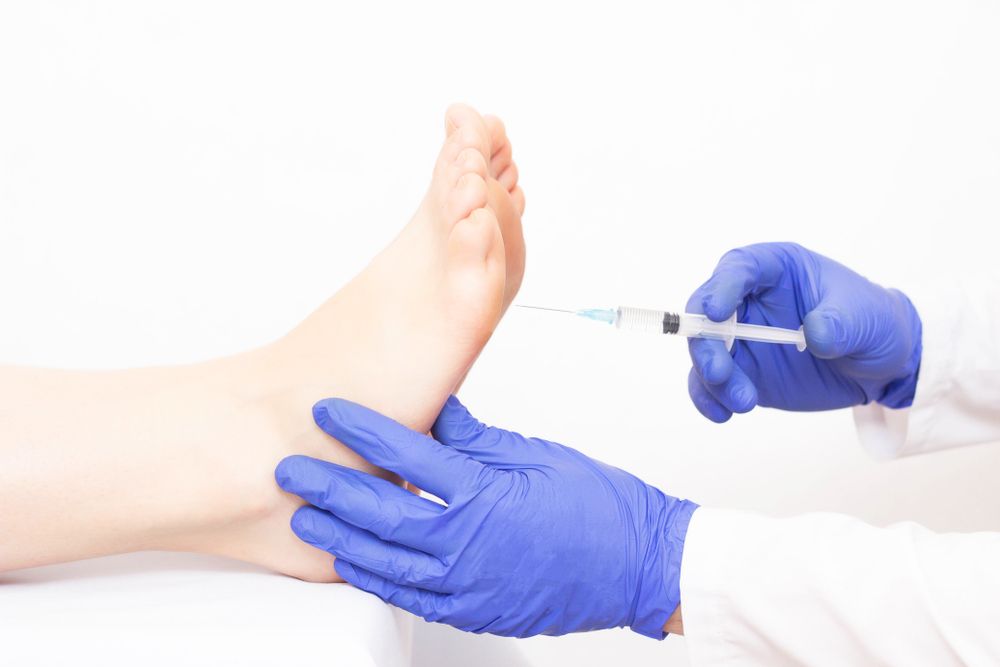
Best Orthopedic Doctor for Adult Flat Feet Treatment
When considering specialized treatment for adult flat feet, it is important to find an orthopedic doctor with extensive experience and deep understanding of the complexities of this condition and the available treatment modalities. A doctor like “Dr. Amr Amal,” referred to in this context as one of the best orthopedic doctors for adult flat feet treatment, should possess several qualities that make them a reference in this specialty.
- Firstly: The doctor should have specialized knowledge of the latest technologies and treatments in foot and ankle medicine, including conservative options like orthotic devices and physical therapy, as well as advanced surgical interventions when necessary.
- Secondly: They should have excellent communication skills, allowing them to clearly explain diagnoses, treatment options, and recovery expectations to patients, while encouraging their active participation in the treatment process.
- Thirdly: They should be committed to close monitoring and continuous evaluation of patient progress, with a willingness to adjust the treatment plan as needed to ensure the best possible outcomes.
Choosing the best doctor for flat feet treatment depends on having documented information about their experiences and successes in treating similar cases, along with recommendations from previous patients and the trust that the doctor can build with their patients.


